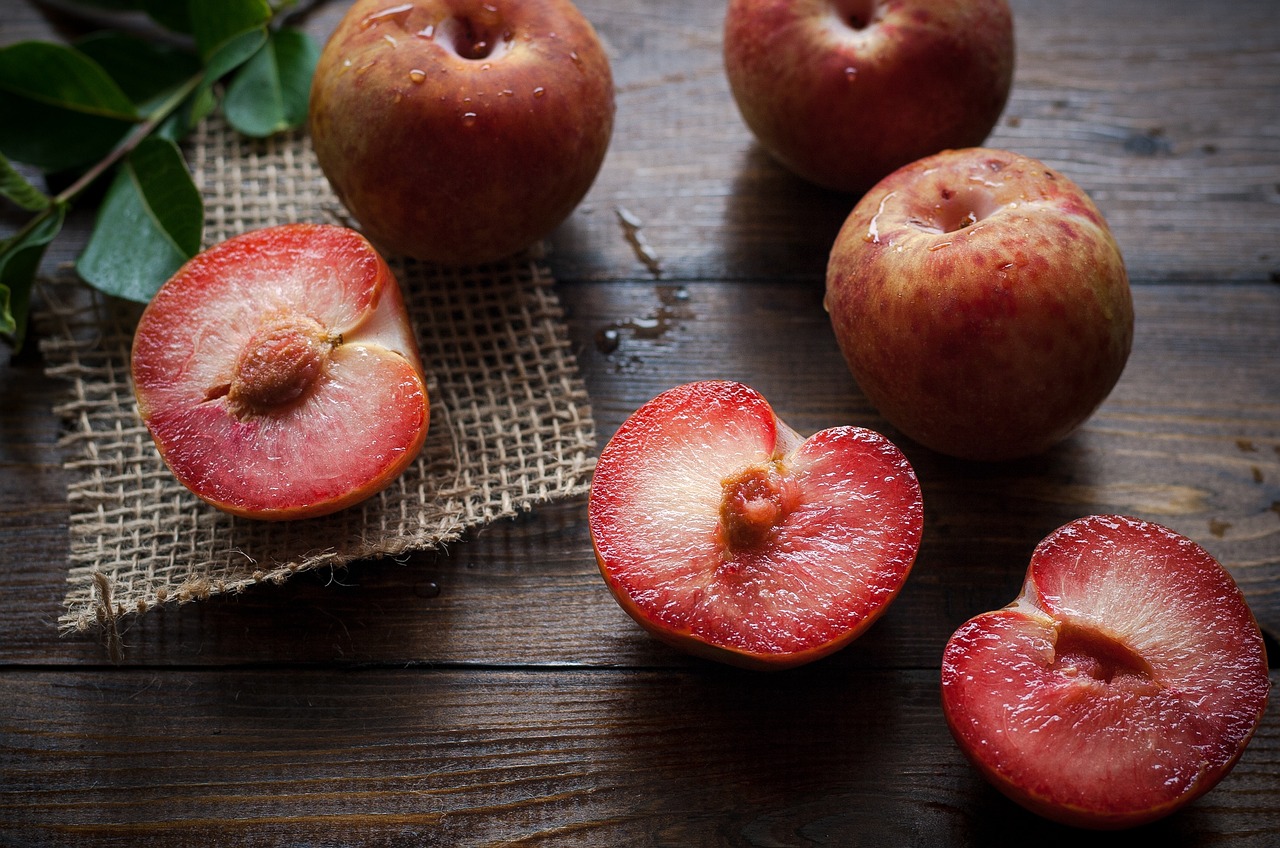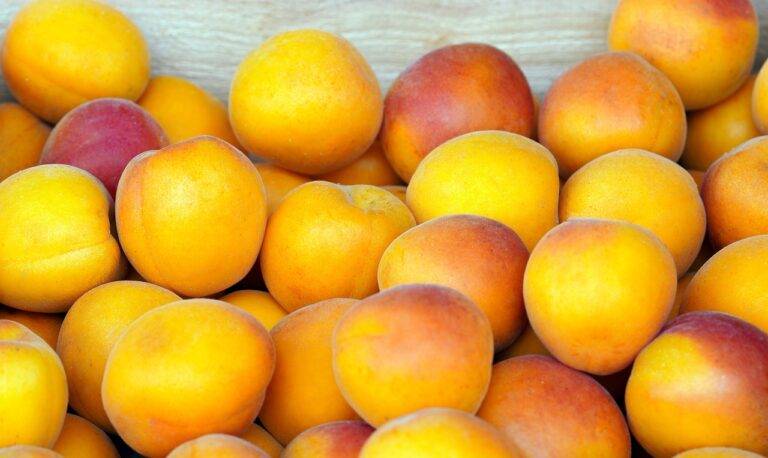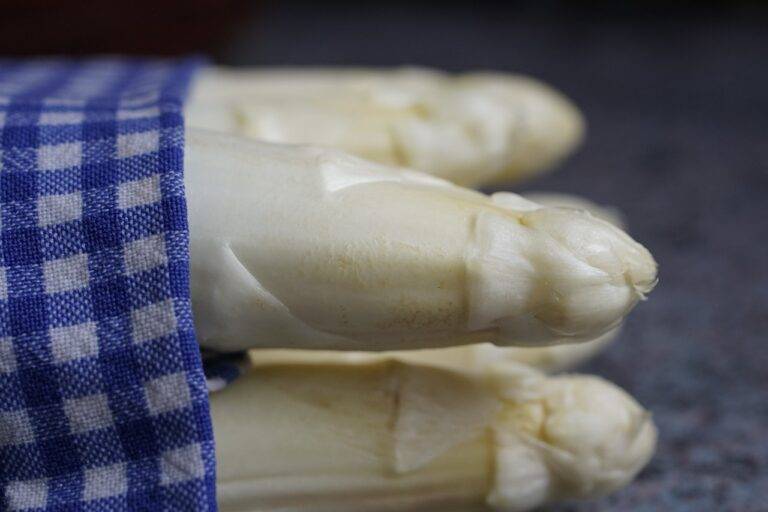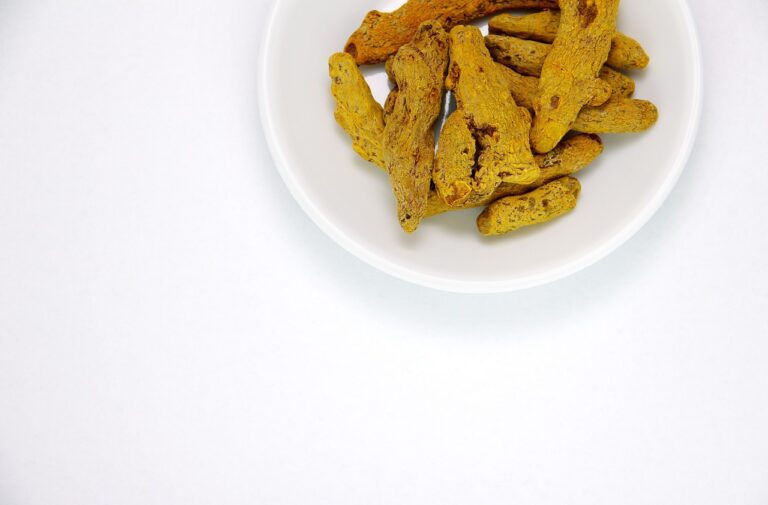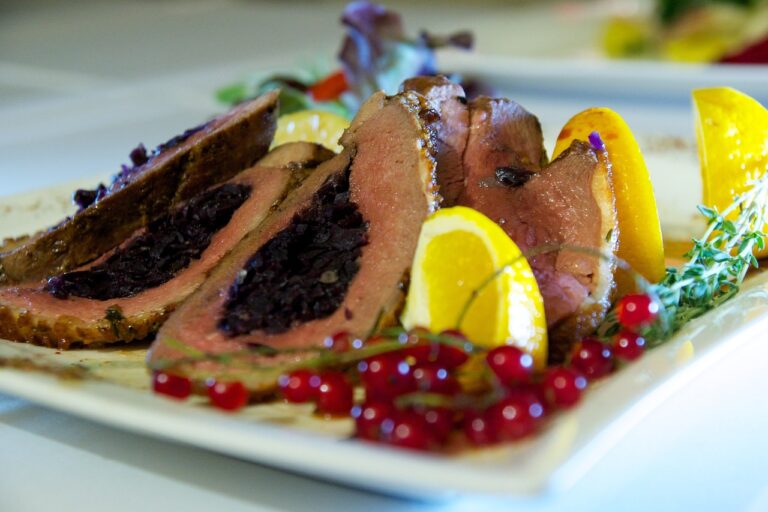The Art of Food Dehydrating: Preserving Flavor and Nutrition
Food dehydrating is a popular preservation method that offers numerous benefits for maintaining the flavor and nutritional content of foods. By removing moisture from fruits, vegetables, and meats, dehydrating helps concentrate the natural flavors, intensifying the taste of the food. This process enhances the richness of the ingredients without the need for additives or preservatives, making dehydrated snacks a healthy and flavorful option for snacking on the go.
Moreover, food dehydration helps retain a higher percentage of essential nutrients compared to other preservation techniques. Since dehydrating relies on low heat to remove moisture, it minimizes the loss of vitamins and minerals that can occur during high-heat processing methods like canning or freezing. By preserving the nutritional integrity of the food, dehydrating allows consumers to enjoy wholesome snacks that provide a convenient and tasty source of important nutrients.
Different Methods of Food Dehydration
Food dehydration is a popular method for preserving fruits, vegetables, and meats. One common method is using a dehydrator, which circulates hot air to remove moisture from food. This process helps retain the flavor and nutrients of the food while extending its shelf life.
Another method of food dehydration is air drying, which involves laying out food in a well-ventilated area to allow moisture to evaporate naturally. This method is simple and cost-effective, but it may take longer than using a dehydrator. Air drying can be a great option for those looking to preserve herbs, flowers, or certain fruits and vegetables without investing in specialized equipment.
Food dehydration is a versatile technique that can be achieved through various methods. Some of the different methods of food dehydration include:
• Using a dehydrator: This method involves using a machine that circulates hot air to remove moisture from food, preserving its flavor and nutrients.
• Air drying: Food is laid out in a well-ventilated area to allow moisture to evaporate naturally, making it a simple and cost-effective option for preservation.
• Oven drying: This method involves using an oven set at low temperatures to slowly dehydrate food items.
• Sun drying: Food is placed outside under direct sunlight to dry out, which can be effective but may take longer than other methods.
• Freeze-drying: This process involves freezing the food before removing moisture under vacuum conditions, resulting in high-quality preserved foods.
Each method of food dehydration has its own advantages and considerations depending on the type of food being preserved and available resources. Experimenting with different techniques can help find the most suitable method for your needs.
Choosing the Right Foods for Dehydrating
When selecting foods for dehydration, it is essential to opt for items that have a high water content. Fruits like strawberries, apples, and bananas are great candidates as they dehydrate well and result in flavorful snacks. Vegetables such as tomatoes, bell peppers, and zucchini also work effectively when dehydrated, offering a convenient way to preserve produce.
Moreover, lean meats like beef, turkey, and chicken can be dehydrated to create jerky, a popular protein-rich snack. Additionally, herbs and spices can be dehydrated to enhance flavor and extend their shelf life. By choosing a variety of foods that dehydrate easily and retain their taste and nutritional value, you can create a range of delicious and healthy snacks to enjoy.
What are some benefits of food dehydrating?
Food dehydrating helps preserve the flavor and nutrition of foods, extends their shelf life, and creates convenient snacks for on-the-go.
What are the different methods of food dehydration?
Some popular methods of food dehydration include using a dehydrator, oven drying, sun drying, and air drying.
How do I choose the right foods for dehydrating?
Choose foods that are ripe, fresh, and in good condition. Fruits, vegetables, meats, and herbs are all great options for dehydrating.
Can I dehydrate foods that have been previously cooked?
Yes, you can dehydrate foods that have been cooked. Just make sure they are thoroughly dried before storing to prevent spoilage.

